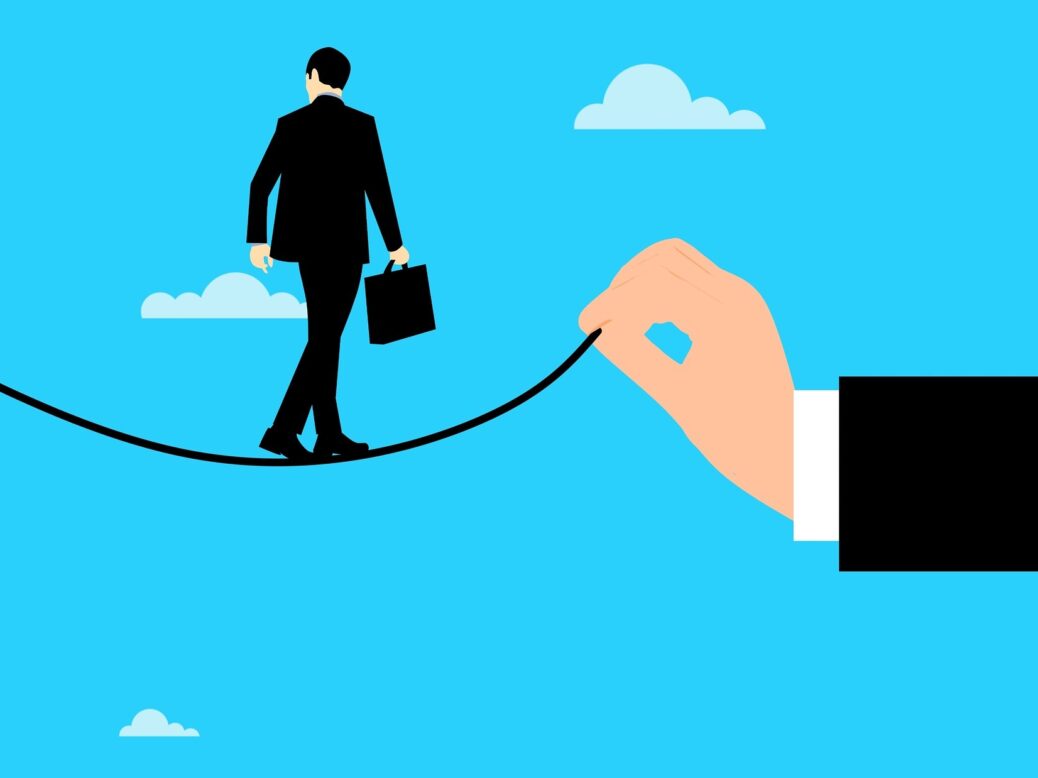
Even if volatility continues to line some people’s pockets, savvy investors will stay dosed-up on scepticism
It was the best of times, it was the worst of times.’ The opening phrase of Dickens’ Tale of Two Cities seems particularly apt, as I look back on the ups and downs of 2020 and the disconnect between the real economy and financial markets.
I am sure many of us will have mixed feelings about the year we have lived through. There is little doubt that in addition to the million-plus lives lost, Covid-19 has been the great ‘unequaliser’ of wealth, income and opportunity, in particular for the already disadvantaged and the young.
Around the world, policy-makers are bracing themselves for the inevitable societal and economic scarring and aftershocks.
On the other hand, as economies begin the long, difficult ascent back to health, there are reasons to be hopeful: vaccines are proving to be effective, testing has been ramped up, treatments are improving. There has been incredible medical and technological innovation born of cross-disciplinary collaboration on a global scale.
Global awareness and consensus on the need to tackle the environmental crisis has also increased, alongside a greater focus on social and governance goals. This narrative has driven many equity market indices to reach new highs, buoyed by the prospect of continuing central bank support.
For some investors, 2020 proved to be ‘the best of times’ and they are taking a somewhat guilty pleasure in the health of their portfolios.
Others found they could not cope with the roller coaster of declines and rallies or fell into one of the many bear traps and found that their portfolios were unable to recover from the setbacks. Professional investors were not immune.
James Hoare of MP Analytics, which analyses wealth manager performance and risk data, confirmed that there was a dispersion of more than 15 per cent between the best-performing and the worst-performing managers of US dollar-denominated medium risk portfolios in the first nine months of the year.
Reviewing a year of extreme contradictions prompted me to reflect on what lessons can be drawn from the shortest economic cycle on record and the accelerated stress test all investors have just endured.
Similar to the medical equivalent, we have all received important diagnostic clues about our financial personalities based on how we react to extreme conditions. I do not like roller coasters – neither the real ones nor the metaphorical market-related ones.
If, like me, you find volatility a nauseating test of resolve, I can offer some practical tips learnt from my own experience and that of advising investors for more than 30 years. In order to feel comfortable, you need to have confidence that your portfolio is aligned with your long-term financial goals.
It also helps if you have an understanding of whether you are on target to meet them. I would also recommend defining what your low watermark is – the level below which you do not wish the value of your portfolio to fall.
Finally, it is always good practice to ensure you have a good spread of investments, diversified by geography, sector and asset class. Covid-19 has taught us that the outlook for thriving companies and sectors can be reversed overnight by an unforeseen external shock. In the absence of a crystal ball, the only defence is diversification.
My husband is more of a risk-seeker and enjoys the ups and downs. His approach requires discipline, vigilance and rigorous research. He is a market professional, so this works for him. As a rule, individual investors who trade frequently tend to achieve returns that are on average 1.5-2 per cent lower than investors who buy and hold. If you are a ‘Fitbit’ investor who obsessively checks your portfolio as often as you view your daily step count, a different sort of approach is needed.
Greg Davies of Oxford Risk, in an interview with the FT, points out that financial markets can become addictive as ‘trading fires up the pleasure centres in the brain’. He recommends writing and sticking to a set of rules to mitigate the risk of overtrading, including stop-losses and rules on when and how to rebalance your portfolio.
I would also recommend considering ringfencing the pool of capital you allocate to opportunistic investments, splitting your portfolio between long-term, more strategic investments and shorter-term, more tactical ones.
For the risk-seekers among readers, I recommend tempering the fear of missing out with a healthy dose of scepticism. I would advocate continuing to review investments for balance-sheet strength and business-model resilience.
We can’t assume that the mispricing of securities caused by Covid-19 will be reversed in all cases. Fundamentals now need to improve to validate asset prices, and until they do, markets will be fragile.
To conclude with the next part of the sentence from A Tale of Two Cities, ‘…it was the age of wisdom, it was the age of foolishness, it was the epoch of belief, it was the epoch of incredulity…’. As ever, only time will tell.
Annamaria Koerling is managing partner of Delfin Private Office
Read more
Leader: Why the UK should embrace the Singapore model
The new home of the Spear’s 500 on the web: spears500.com
The Rise of UHNWs – and what it means for business






